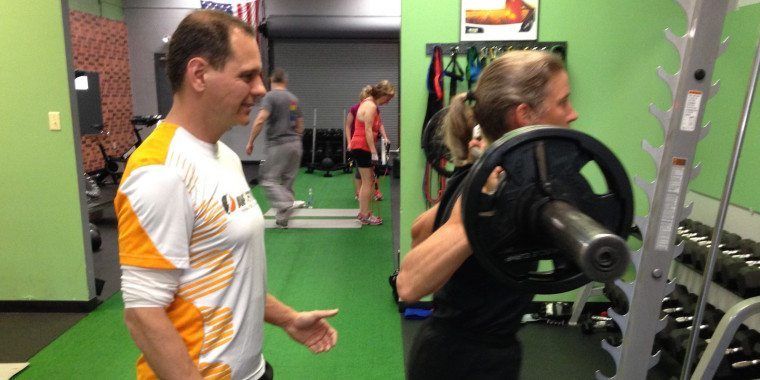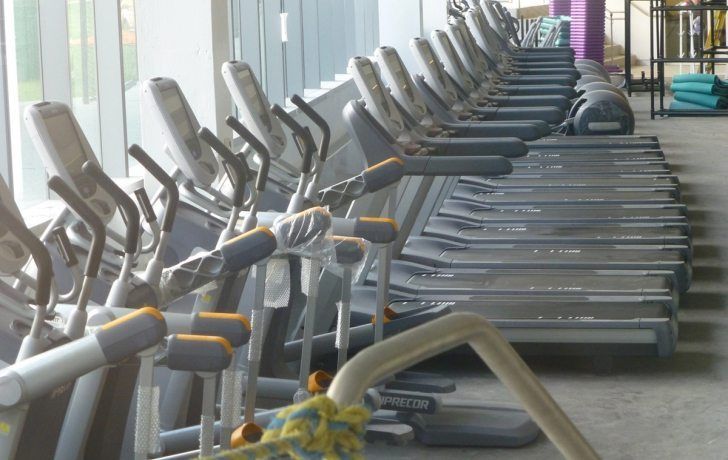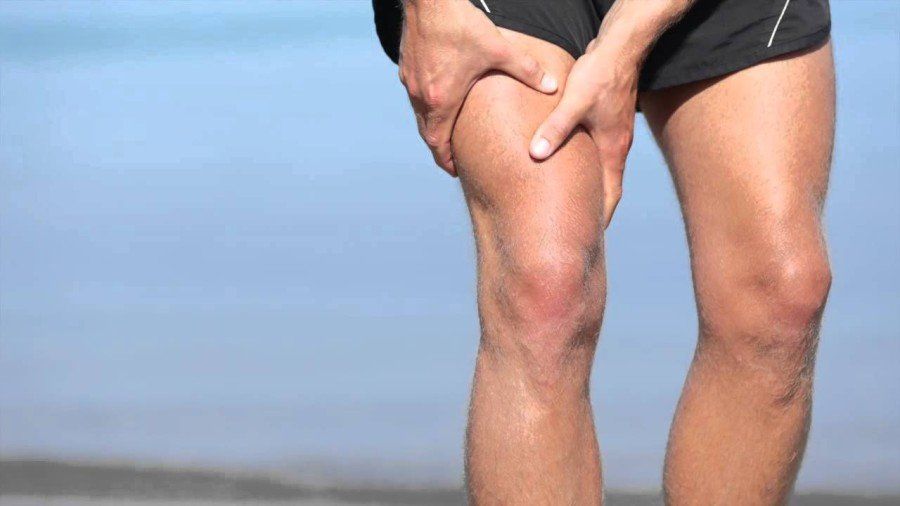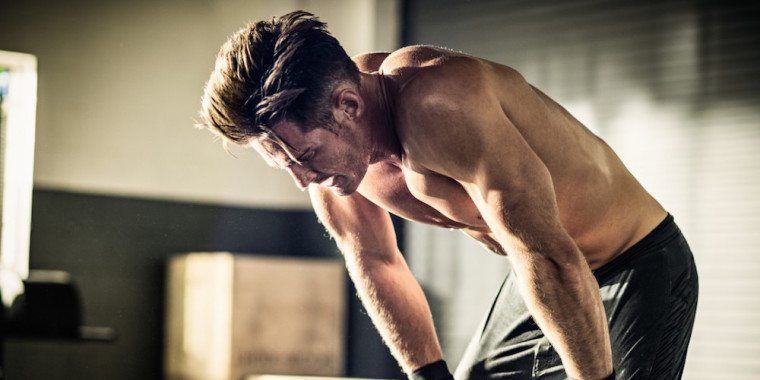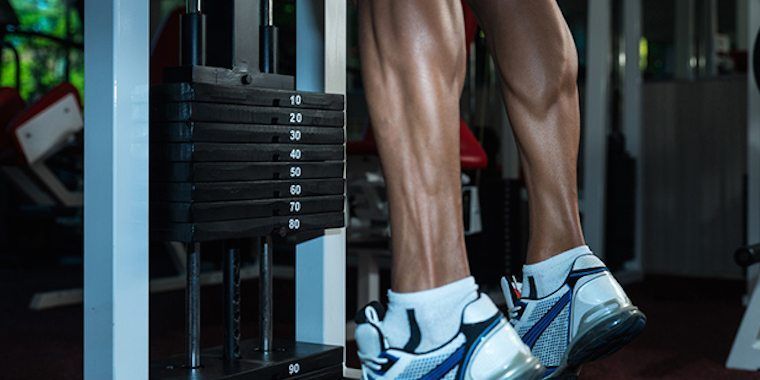While many people think of exercise as an activity that involves movement, there are several benefits to performing isometric exercises, which are ones that are performed without altering the length of the participant’s muscles.
Isometric exercises require you to tense your muscles without moving any part of your body, helping you to build strength by holding the contraction against resistance, making a wall sit a great isometric exercise for your lower body.
In addition to the basic wall sit demonstrated in the video, there are several variations that you can perform to work different muscles. If you want to work your inner thighs, place a ball between your knees, squeeze the ball and hold your position. Or you can take a strap or belt and wrap it around your thighs just above the knee, pressing against the strap to work the outer thigh or abductor muscles. To add intensity, use weights or add to the amount of time you stay seated.
A wall sit exercise works the entire muscular system of the lower body and, as this is an isometric exercise, the endurance in your lower body muscles improves the longer you hold the position. In addition, wall sits can improve performance in running, skiing and any sport involving jumping. Practicing this exercise makes it easier to get up and down off the floor and to use the leg muscles to lift heavy objects.
Wall sits target five muscles in particular, including:
Quadriceps: The primary muscle group worked out are your quadriceps. Located on the front of your thigh, these muscles help your joint strength, running acceleration and jumping ability. They bear the brunt of the pressure during the exercise, as they are responsible for keeping your knees bent at a sharp angle and your feet flat on the floor. Many athletes and weight trainers perform wall sits at the end of their exercise routine as a sort of sprint to the finish line, though they can also be performed as a stand-alone workout at home.
Hamstrings: Your hamstring muscles are located on the back of your leg in roughly the same position as the quadriceps are in the front. They also serve much the same purpose, acting as a stabilizer for both your hip joints and your knees. During wall sits, it is not uncommon to experience intense cramping or muscle spasms in your hamstring muscles, particularly if you are just starting out on the workout plan. However, with proper stretching and technique before starting the exercise, you should be able to avoid pain or tightness.
Lower back: Your lower back is also under a tremendous amount of strain during this exercise. It is responsible for keeping you pinned to the wall while your legs hold up your body weight, and it can experience a sharp pressure the longer you hold your sitting position. It’s important to keep your back straight while performing the exercise, and to enter and exit the sitting stance slowly.
Shoulders: Shoulder muscles are one of the easiest muscle groups to develop chronic or long-lasting pain. If you have a pre-existing shoulder injury or if you have recently strained your shoulders during a weight-lifting session, you may feel it in your shoulders during your wall sit workout plan. Like with any exercise, you can avoid pain and muscle fatigue by maintaining the proper position and technique during your workout. Keep your back straight and your shoulders pressed against the wall. Don’t slouch forward or roll your shoulders, and keep your neck straight and your head staring straight ahead. This will prevent any further strains or sprains to your back muscles.
Core: Another muscle group that benefits tremendously form this exercise is your core, or abdomen, muscles. Though you will feel most of the burn in your legs, your core gets a workout as a byproduct of you holding your position for so long and maintaining your technique. For that reason, this exercise can also be a benefit to an athlete’s balance skills and sense of their center of gravity. The stronger your core is, the longer and more effective all of your other workouts will be.
Precautions: While a wall sit puts less stress on the knees, hips and back, you still want to use caution when performing the exercise. Slide down the wall as far as you feel comfortable. If you experience pain, stop or move your body higher up on the wall. Be sure to keep your weight off your toes. This prevents you from adding stress to your knees.
While this can be a difficult exercise, it is one that is easy to perform in the sense that you can do them anytime, anywhere. If you want to end a workout with this exercise or do it at home on the days you don’t come into AMP, you can do them. They also make an ideal complement to a vigorous cardiovascular exercise as they focus on many muscle groups critical to the success of runners.
Done properly, this exercise will help your body reap the rewards of your workout plan that much faster.
(Material for this post was sourced from livestrong.com and sportsmedicine.answers.com.)
